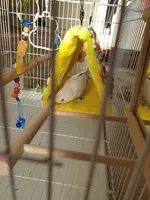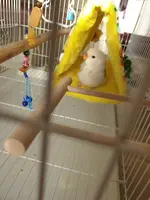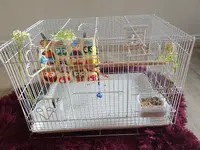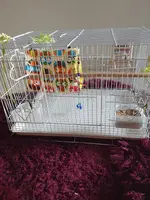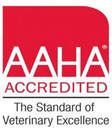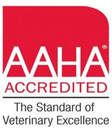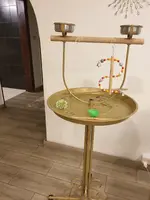This is a better general weaning article. And again they mention cheerios, so I don't know maybe a few cheerios crumbs are ok
by Pat Pecora
www.exoticpetvet.com
Excerpt from above article
CHICAGO EXOTICS ANIMAL HOSPITAL
Avian and Exotic Animal Medicine
with a passion!
Weaning Baby Birds
by Pat Pecora
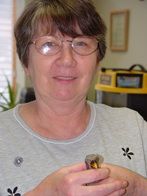
Weaning is a gradual process in which babies learn to eat on their own. Each baby is an individual so there is no set time table or schedule in which to wean, but rather something that is done at the chick's own rate. Even siblings within a clutch often wean at very different times. Different species of birds wean in different general time frames and usually larger species of birds take longer to wean than the smaller species. A baby parrot’s weaning experience can affect him for the rest of his life. It is up to the hand feeder to make it a pleasant one in which the baby feels safe and secure and builds confidence and independence. Keeping him well fed helps him develop desired traits such as trust and happiness which enable him to be a good companion.
It is important that anyone hand feeding or weaning a baby have an accurate gram scale and a notebook. The baby should be weighed the first thing every morning before any food is fed and his weight recorded. The weight can speak volumes in terms of how baby is doing. It will also let you know if at any time during the weaning process you need to take a step back and start giving him a bit more formula. At this time I always do a quick check of the baby and make a note of anything out of the ordinary. Is he alert and responsive? Do his eyes look bright and shiny? Are his nares clean and dry? How is his posture? Are his feathers ruffed up? Is he breathing normally with no harsh clicking, whistling or raspiness? Do his feet look nice and plump. Is his mouth clean rather than sticky or slimy?
One of the most important things to do when weaning a baby is to keep him well fed. Hungry babies are far too frustrated to try eating on their own. When they are hungry they can only think of how they want that hunger satisfied. When their hunger is well satisfied they are happy, ready to explore and try new things. A full, well fed baby will go over to a crock of food and taste or eat the food, whereas a baby that is hungry might just sit there and cry waiting for someone to come feed him. As babies get a little older I often find that the first thing babies will do after a formula feeding is toddle over to their food bowl and practice their independent eating skills.

